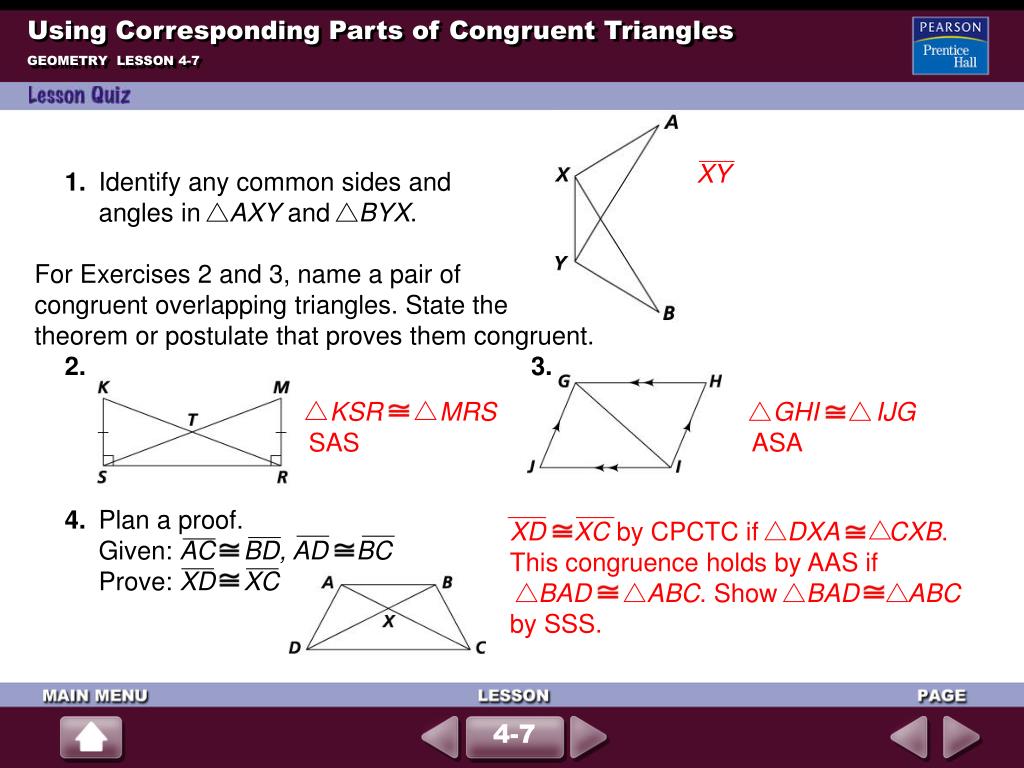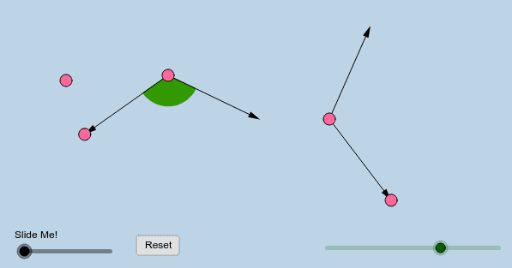

You could have drawn them all equal, making a rhombus (or a square, if the interior angles are right angles). You probably drew your kite so sides KI and EK are not equal.

Notice that line segments (or sides) TE and EK are equal. Connect point E with point K, creating line segment EK. If you end the new line further away from ∠I than diagonal KT, you will make a convex kite.Ĭonnect the endpoint of the perpendicular line with endpoint T.

If you end the line closer to ∠I than diagonal KT, you will get a dart. Lightly draw that perpendicular as a dashed line passing through ∠I and the center of diagonal KT. Mark the spot on diagonal KT where the perpendicular touches that will be the middle of KT. Line it up along diagonal KT so the 90° mark is at ∠I. This is the diagonal that, eventually, will probably be inside the kite. The angle those two line segments make ( ∠I) can be any angle except 180° (a straight angle).ĭraw a dashed line to connect endpoints K and T. Draw a line segment (call it KI) and, from endpoint II, draw another line segment the same length as KI.
CONGRUENT DEFINITION GEOMETRY HOW TO
You have a kite! How to draw a kite in geometry Now carefully bring the remaining four endpoints together so an endpoint of each short piece touches an endpoint of each long piece. Touch two endpoints of the longer strands together. Touch two endpoints of the short strands together. Cut or break two spaghetti strands to be equal to each other, but shorter than the other two strands. Kite and Dart - Geometry How to construct a kite in geometry A dart is also called a chevron or arrowhead. That means two of its sides move inward, toward the inside of the shape, and one of the four interior angles is greater than 180°. Some kites are rhombi, darts, and squares. Sometimes a kite can be a rhombus (four congruent sides), a dart, or even a square (four congruent sides and four congruent interior angles). A kite is a quadrilateral shape with two pairs of adjacent (touching), congruent (equal-length) sides.


 0 kommentar(er)
0 kommentar(er)
